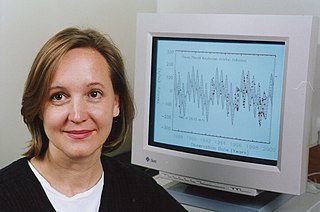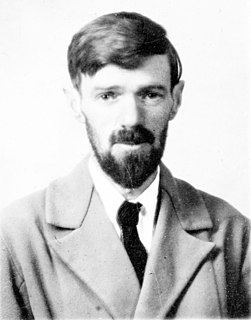A Quote by Arthur Schopenhauer
Writers may be classified as meteors, planets, and fixed stars.
Related Quotes
This most beautiful system of the sun, planets and comets could only proceed from the counsel and dominion of an intelligent and powerful Being. And if the fixed stars are the centres of other like systems, these, being formed by the like wise counsel, must be all subject to the dominion of One; especially since the light of the fixed stars is of the same nature with the light of the sun.
There was a sky somewhere above the tops of the buildings, with stars and a moon and all the things there are in a sky, but they were content to think of the distant street lights as planets and stars. If the lights prevented you from seeing the heavens, then preform a little magic and change reality to fit the need. The street lights were now planets and stars and moon.
The bay-trees in our country are all withered,
And meteors fright the fixèd stars of heaven.
The pale-faced moon looks bloody on the earth,
And lean-looked prophets whisper fearful change.
Rich men look sad, and ruffians dance and leap;
The one in fear to lose what they enjoy,
The other to enjoy by rage and war.
These signs forerun the death or fall of kings.
What is there in places empty of matter? and Whence is it that the sun and planets gravitate toward one another without dense matter between them? Whence is it that Nature doth nothing in vain? and Whence arises all that order and beauty which we see in the world? To what end are comets? and Whence is it that planets move all one and the same way in orbs concentrick, while comets move all manner of ways in orbs very excentrick? and What hinders the fixed stars from falling upon one another?







































